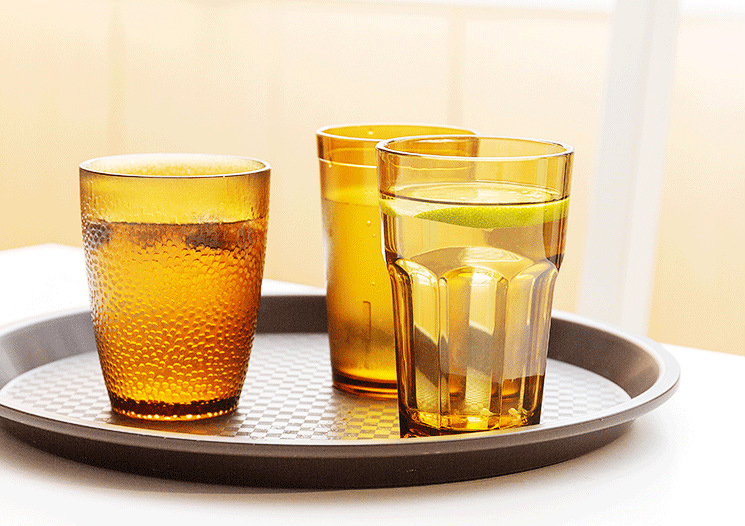Plastic tumblers are ubiquitous in our daily lives, but have you ever wondered about the science behind these versatile containers? In this article, we’ll dive into the material composition of plastic tumblers, shedding light on the engineering and science that goes into their production.
Polymer Chemistry in Plastic Tumblers:
Plastic tumblers are typically made from various types of polymers, long chains of repeating molecules. Common polymers used in tumbler manufacturing include polypropylene (PP), polyethylene (PE), and more. The specific polymer used determines the tumbler’s properties, such as flexibility, heat resistance, and durability.
Injection Molding Process:
The production of plastic tumblers often involves a manufacturing technique called injection molding. In this process, the selected polymer is melted and injected into a mold cavity. As it cools and solidifies, it takes the shape of the tumbler. This method allows for mass production of tumblers with consistent quality.
Customization and Additives:
Manufacturers can add various additives to plastic materials to enhance specific properties. For example, colorants are added for aesthetics, UV stabilizers for outdoor use, and fillers for added strength. These additives play a crucial role in tailoring the tumbler to meet specific requirements.
Recycling and Sustainability:
While plastic tumblers provide convenience, their environmental impact is a concern. Many modern tumblers are labeled as recyclable, and some are even made from recycled plastics. By recycling and using recycled materials, we can reduce the environmental footprint of plastic tumbler production.
Understanding the science behind plastic tumblers helps us appreciate the engineering and research that go into their development. It also underscores the importance of responsible usage and disposal to minimize environmental impacts.







